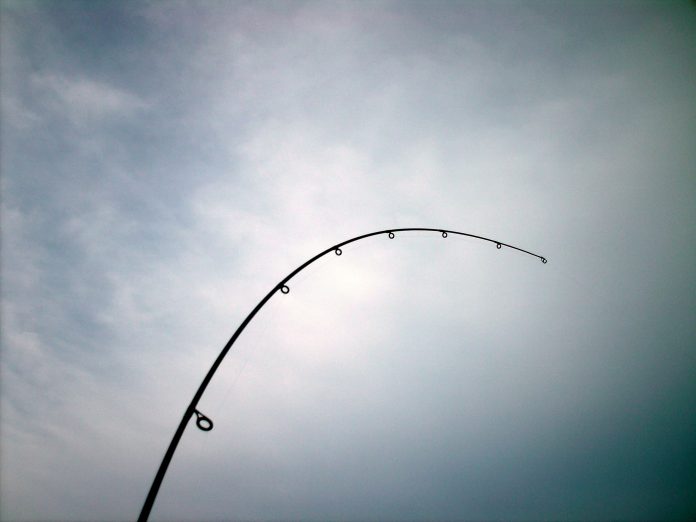Fishing is about doing the right things. Start to finish, doing the things that get the fish to the boat. One that is often not talked about nearly enough: Setting the hook. When to do it. How to do it. More importantly: When not to do it.
This one is kind of on the short side. A whole picture thing: Do it all right and have better results.
Fishing is about success, finding fish and getting fish to eat what you offer. Fighting a fish and then landing the fish are skills. The better you are at it, the more fish you catch.
Part of the skill set to successful fishing; the equipment does the work in many situations. Using the right technique leads to better results.
Success starts with casting. http://www.capmel.com/long-accurate-casts/
Moving the lure properly to get a strike. http://www.capmel.com/getting-better-with-lures/
Keeping control of the lure and proper tension on the line, a lot of the fish will “hook themselves.” It is part of the finesse of fishing. It works. Practice it. Do it. Catch more fish. Catch bigger fish.
If you have chosen the right jighead, a sharp hook makes this all work the best. Cheap jigheads, you just don’t hook as many fish. Spend the extra dollar and have better results.
You have done everything right and now you are getting strikes. Are you doing things right then? I have been teaching people how to fish for fifteen years. One of the biggest lessons is “not setting the hook.” Particularly with species like trout, setting the hook is pulling on the lure and with that, you are taking the lure away from the fish. Most people don’t realize: Trout have fangs. They use these big teeth to “kill their prey.” So, this means that they are squeezing down on lures short of the hook. They will continue the attack and as they adjust, they are eventually going to get to the hook. Their mouths, soft enough, the hook is going to set. Not setting the hook you are going to catch more trout. Better yet, you are going to catch bigger trout.
To me, more species like ladyfish, mackerel set the hook themselves. Pompano, the hook is set with the act of jigging. Redfish and snook, a hookset is a requirement.
It’s an insider tip I used to only divulge to customers. My clients win tournaments. They pick up inches by the fish they catch with “not setting the hook.”
Going at the best time is also underrated. Learn the tides. Learn the wind. Make choices to go fishing when the fish will be happiest. Around the new moon is ideal. Around the full moon, better in the evenings during the hottest months. During the dead of winter, the morning bite is decent on the full moon. On the new moon, the tides are good and the fish didn’t have light from the moon to help them eat at night.
Learn where to go and remember it. Pay attention to what technique works and KEEP USING IT. It isn’t rocket science.
Neil Taylor, owner Capmel.com; Owner and Guide www.strikethreekayakfishing.com
727-692-6345
- The Neil Blog - March 23, 2024
- ++++++++++++++++++++++++++++++++++++++++++++++++++++++++++++++++++++++++++++++++++++++++++++++++++++++++++++++++++++++++++++++++++++++++++++++++++++++++++++++++++++++++++++++++++++++++++++++++++++++++++++++++++++++++++++++++++++++++++++++++++++++++++++++++++++++++++++++++++++++++++++++++++++++++++++++++ - June 25, 2023
- Nature Coast:William Toney - December 12, 2021











